DRC government is intervening to revive prices and stabilise supply chains
Cobalt is a critical component of green technologies like battery electrodes and the magnets in electric motors and wind turbines. Changes in demand relating to these technologies has exposed vulnerabilities in cobalt supplies, with prices fluctuating wildly.
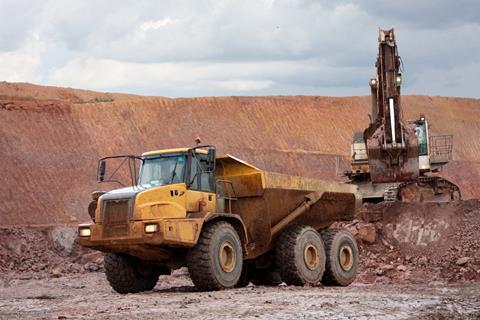
The Democratic Republic of Congo (DRC) produces over 70% of the world’s cobalt. Over the past decade, demand for cobalt has surged, with over 20,000 tonnes/year feeding into the battery market – accounting for 57% of total cobalt consumption in 2021. Global demand for cobalt is expected to quadruple over the next few decades, mainly because of its key role in lithium-ion batteries. The amount of cobalt in a battery cathode directly affects the battery’s energy density, and despite a shift in research toward alternative cathode materials, cobalt remains a limiting factor in electric vehicle (EV) batteries.
In April of 2018 cobalt prices reached an all-time high of $100,000 a ton. As prices spiked, investors and companies – fearing even higher prices due to an expected supply shortage, as well as the impact of the ongoing trade dispute between the US and China – purchased large quantities and created a ‘cobalt rush’, driving prices even higher.
Since then, miners in the DRC have maintained or increased their production, since cobalt is generally a byproduct of copper and nickel, which remain in high demand. But demand for cobalt has not exploded at the expected rate – partly due to slower than forecast EV sales growth, and partly owing to battery manufacturers switching to cathode materials that require less cobalt. After the peak, cobalt prices crashed as the Covid-19 pandemic hit and have since been in steady decline. That has resulted in an oversupply of cobalt, with stockpiles building in DRC warehouses and prices dropping to around $30,000/ton in 2024.
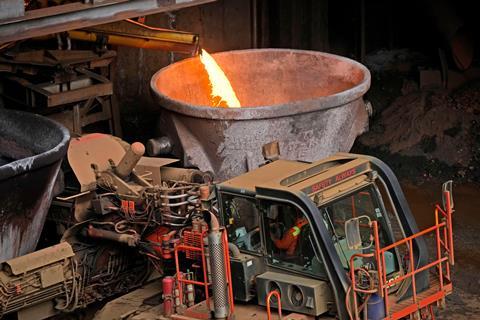
The DRC government’s export policies have therefore been shaped by concerns around this oversupply of cobalt, as the country tries to balance economic growth with social responsibility. In February 2025 the DRC initiated a four-month export ban, aiming to boost prices, then later introduced export quotas to manage pricing effectively.
Because cobalt production is concentrated in only a few countries, and tied to production of nickel and copper, the market is highly susceptible to a changing political landscape. ‘If you get a change in the demand, the supply won’t be able to quickly follow because it’s not a diversified supply chain,’ says Stephen Gifford, chief economist at the UK’s Faraday Institution. The DRC accounts for over three-quarters of cobalt mining, but China controls nearly 80% of the refining stage, giving it even greater dominance. And while the DRC’s economic influence cannot be understated – any disruption in exports has global repercussions – its ability to exert control is limited by poor governance and weak implementation of policy.
Chinese interests operate almost 70% of industrial cobalt mines within the DRC. The DRC has recognised that these state-owned companies such as China Molybdenum (CMOC) have too much power over the global supply chain and introduced a commission to reduce the influence of Chinese investors. ‘The new president wanted to slow down China’s presence and progress in the cobalt industry,’ says Christian-Géraud Neema, a Congolese mining expert from the Carnegie Endowment for International Peace. Since 2021 the DRC has been actively reviewing Chinese mining contracts to increase transparency and revenue sharing while extending partnerships to other countries to reduce China’s dominance in the sector. The regulatory measures introduced in the DRC, including the four-month export ban, is one way the DRC is trying to get better benefits from the Chinese contractors. ‘We also have worries around being a producer country, but not having any [domestic] companies producing cobalt, it means that you don’t control the price of the market,’ adds Neema.
China’s dominance extends beyond processing cobalt, as it also dominates manufacturing of batteries. China is the world’s largest consumer of cobalt – not only for batteries but smartphones, electronic devices and aerospace technologies. Since 2018 there has been a shift away from cobalt technology in batteries towards more nickel rich materials. Cheaper lithium iron phosphate (LFP) cathodes have become increasingly popular, as their performance has improved. If that trend continues it could have significant effects on cobalt demand. ‘The long-term demand for EV batteries will ultimately depend on their performance and cost,’ says Gifford. While the use of cobalt may decrease, the need for other metals like nickel and lithium will increase so there will always be a trade-off. Even if the battery industry gradually reduces its reliance on cobalt, the total cobalt demand will likely be maintained because the number of batteries will increase. ‘I don’t think we can just transition away [from cobalt] and make the whole supply chain easier,’ comments battery supply chain researcher Liang Yanan from Leiden University in the Netherlands.
Price manipulations
While the DRC’s export ban is in place, mines such as those operated by CMOC are continuing to produce cobalt – because of demand for copper and nickel – increasing their own cobalt stockpiles. ‘Once the ban is lifted, this could lead to some volatility because there’s a high input of cobalt,’ says Susan van den Brink, environmental researcher at Leiden University in the Netherlands. The ban has resulted in an immediate surge in cobalt prices with standard grade cobalt, cobalt hydroxide and cobalt sulfate all increasing. However, it is too early to forecast the long-term effect on pricing as other key players like Indonesia are increasing their output to fill in the gap. Experts think it unlikely that the ban will have lasting impact on prices, which may drop again when companies release stockpiled metal. The government is likely to impose strict export limitations until market balance is reached. ‘More export quotas will drive the price higher and then you are going to disincentivise companies to keep buying cobalt,’ warns Neema. To yield long term results, a whole range of policies need to be put in place for a longer period to balance the market, he suggests, but ‘it will never get back to the prices we had in 2018.’
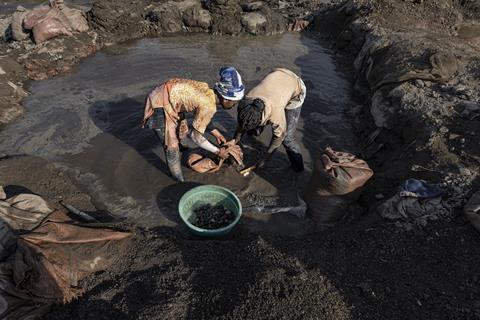
The volatility of cobalt prices can be attributed to an inflexible supply chain prone to disruptions. The DRC is a complex country with a legacy of conflict, and concerns over corruption and human rights abuse. A substantial portion of cobalt production comes from artisanal and small-scale mining (ASM) where child labour is prevalent. Unethical mining not only puts children at risk of physical injury and exploitation, increased scrutiny from governments also impacts supply chain stability. Pressures from external stakeholders for responsible sourcing of cobalt is disrupting cobalt production with many countries committed to ending modern slavery and forced labour.
The challenges are highly complex as ASM is an important source of income for the DRC population and simply removing them from the supply chain is problematic. ‘I would say ASM is not really causing supply chain disruption, but actually it can make the supply chain more resilient,’ says Brink. Due to prevalent conflict in the region, the flexibility of artisanal operations means they are geographically spread and have their own trading patterns. During the Congolese war, most of the cobalt was supplied from ASMs, reinforcing their crucial role in the global supply chain.
New bans on illegal mining and the launch of a new authority – the Entreprise Générale du Cobalt (EGC), which holds the exclusive rights to all artisanal cobalt – are intended to enforce responsible sourcing standards. Some battery companies have decided to ban all ASM cobalt in their batteries, demonstrating their commitments for more ethical considerations. However, this is difficult to implement. ‘The ban is also a reason for them to clean up the sector and help with the formalisation,’ says Brink. Mining companies like Glencore are cooperating with the ECG to help include ASMs in certain certifications.
Cobalt from Congo has a unique chemical composition that can be used as a material fingerprint to develop a digital passport for material across the whole battery value chain. This is an ongoing multi-stakeholder EU project to improve cobalt traceability and improve supply chain reliability. The data will also contain the material’s production carbon and, once implemented, Liang is confident that the digital passport will contribute to stabilising the supply chain. ‘We’re still going to have to see how EGC plays out because since its inception there’s been a battle to control ASM production. The manpower is not there. The expertise is not there,’ says Neema, but he is optimistic that in time, with better infrastructure, the ASM sector can become formalised.
Mining batteries
One option for diversifying cobalt supply and decoupling it from copper and nickel is recycling. ‘By 2040, there’ll be almost as much cobalt in batteries as there was in the DRC,’ says Gifford. This underlines the importance of investing in recycling infrastructure. The UK is developing international collaborations with countries with cobalt refining capability, such as Australia, and the EU is pivoting towards recycling. It is expected that overall cobalt demand will rise again in the next 10 years, and while the primary supply won’t change much, ‘the supply from secondary sources is expected to quadruple,’ says van den Brink.
The DRC and its cobalt industry must tackle vulnerabilities in the supply chain to ensure long-term sustainability. ‘When the largest producer is a messy country with bad public administration, bad governance, even traceability and transparency becomes more complex,’ says Neema who is a bit more sceptical about the success of these new tools for traceability, emphasising that the solution is more than just coding and technology – it takes human capital on the ground, policies, infrastructure and collaboration from all actors to make it happen.




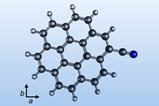
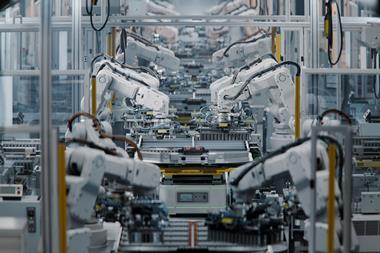
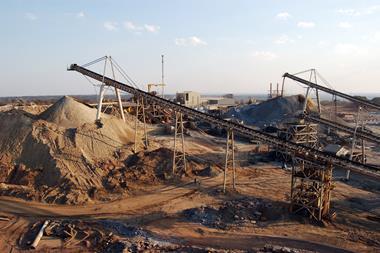
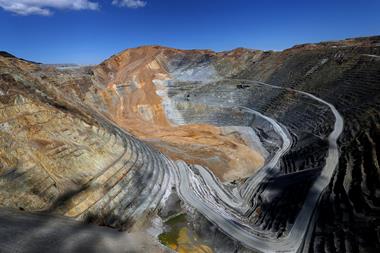



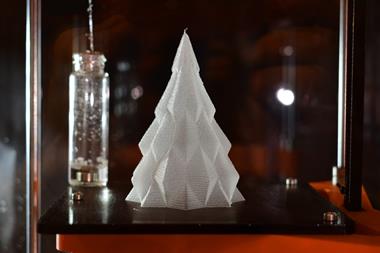
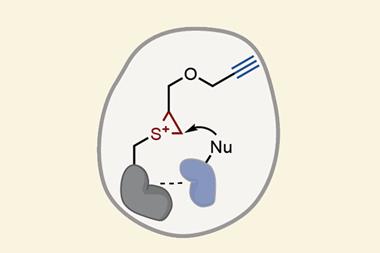
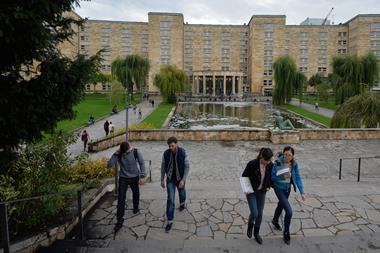
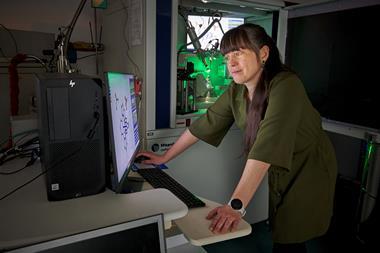
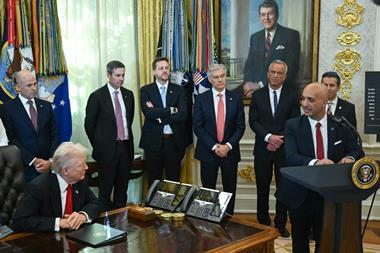
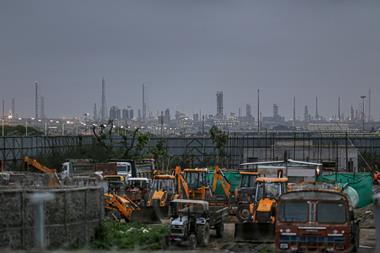
No comments yet